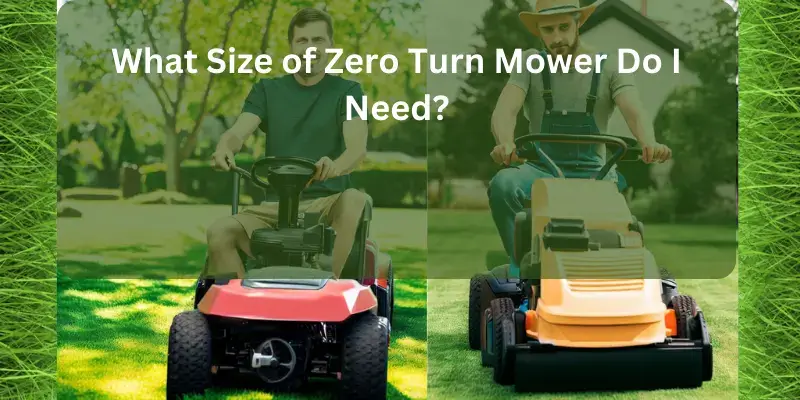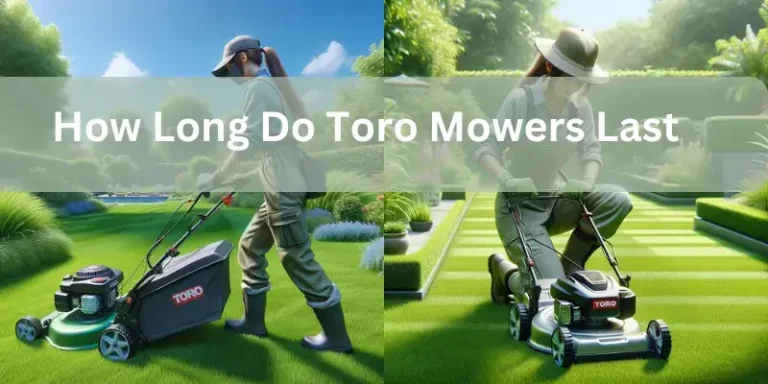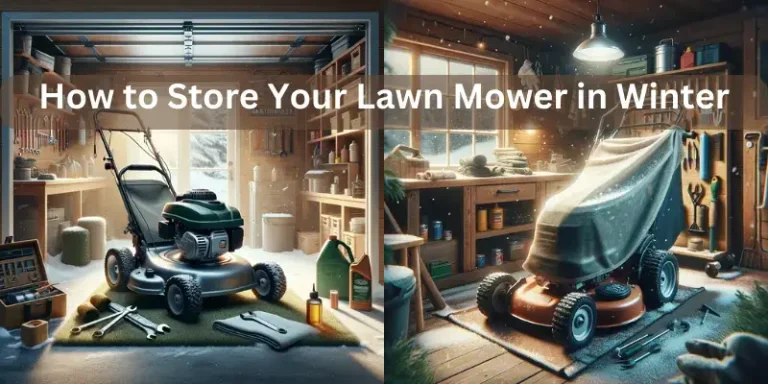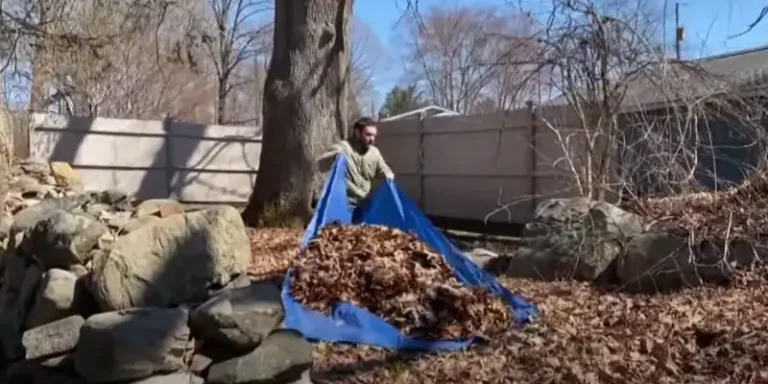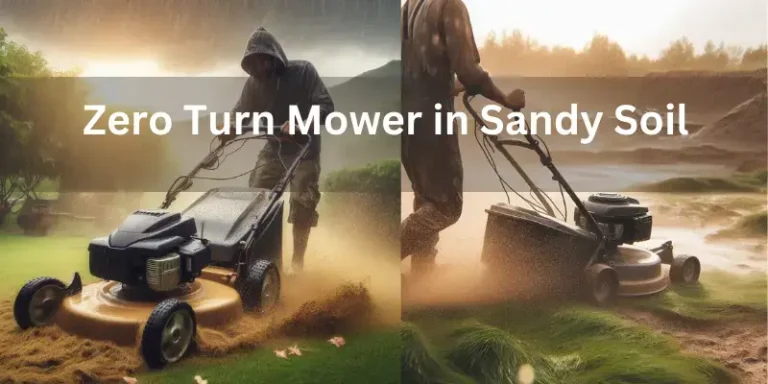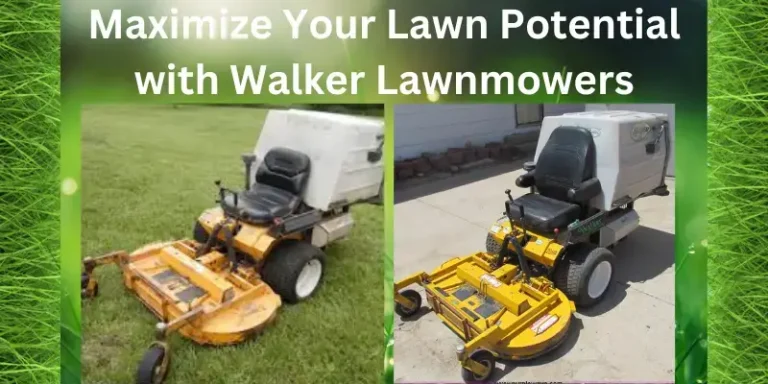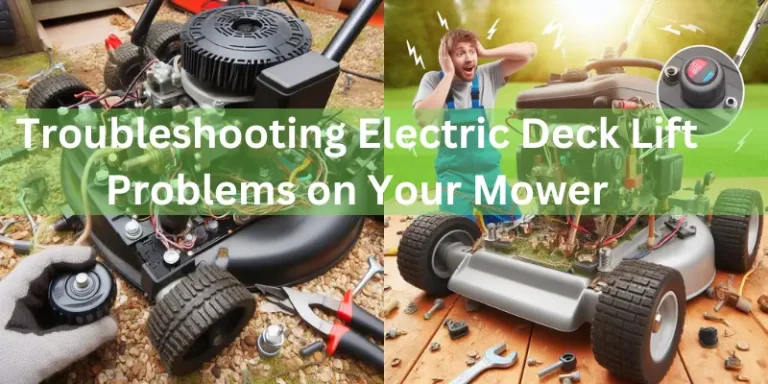What Size of Zero Turn Mower Do I Need? – Choose the best option for your lawn
If you are upgrading your lawn mower to a zero-turn mower, one of the first questions that likely comes to mind is, “What size of zero turn do I need?” It’s a critical question because getting the size right can significantly impact the efficiency and effectiveness of your mowing tasks.
In this blog, I will shed light on the factors that determine the ideal size of a zero-turn mower for your specific needs and try to give you an idea for making your mowing experience easy and efficient and start mowing with the best zero-turn lawn mower for your lawn care.
Understanding the Terminology – Zero Turn Mower
When people refer to the “size” of a zero-turn mower, they are primarily talking about the cutting deck size of the mower. The cutting deck is the part of the mower that houses the blades and determines the width of grass it can cut in a single pass.
The rule of thumb here is quite simple: the wider the cutting deck, the larger and heavier the mower will be. Conversely, a smaller cutting deck results in a lighter and more compact mower. But how does this translate to your mowing needs? Let’s explore further.
Factors That Determine Your Zero Turn Size
1. Home (Residential) or Commercial Use
The first consideration when choosing the size of your zero-turn mower is the intended use. Zero-turn mowers come in two primary categories: residential and commercial.
Residential Models: These mowers, such as the Husqvarna® Xcite™ or Bad Boy ZT® Elite, are designed for homeowners. They are ideal for weekly or occasional mowing tasks and are not suited for heavy, frequent use.
Commercial Models: In contrast, commercial models like the eXmark® Lazer Z X or Hustler Super Z® are built to handle demanding, daily mowing tasks. They feature more powerful engines and the capability to mow at higher speeds.
So, ask yourself whether you’re a homeowner with a modest lawn or a professional landscaper with commercial responsibilities. Your choice of zero-turn size should align with your usage.
2. Size of Your Yard or Lawn
The size of your yard or lawn plays a pivotal role in determining the right zero-turn size. Consider the following guidelines:
- For small yards or lawns measuring around ½ to ¾ acres, a smaller residential zero-turn mower like the Mustang FIT Zero-Turn is not only sufficient but also more maneuverable in tight spaces.
- If you have a medium-sized yard spanning 2 to 3.5 acres, you’ll benefit from a mid-sized zero-turn model like the Craftsman 17ARFACT091 Hydrostatic Gas Zero Turn.
- For larger yards or lawns ranging from 5 to 10 acres, you’ll want a more substantial mower, such as the Ariens APEX 52” Zero Turn or the Husqvarna MZ61 61” Hydrostatic Zero Turn.
3. Quality and size of the Cutting Deck Size to mow efficiently
The size of your zero-turn mower’s cutting deck should align with the characteristics of your yard or lawn, including terrain and slopes. Deck sizes typically range from 34 inches to 72 inches.
- Larger cutting decks can cover more ground quickly, making them ideal for larger, open areas. However, they may struggle in tight spaces or areas with numerous obstacles.
- Smaller to medium-sized cutting decks are preferable for yards with tight corners or intricate landscaping. Additionally, consider the construction material of the deck. Aluminum decks are lightweight, while steel decks provide durability.
4. Fuel or Electric Powered – Choosing the right Option
Your choice of power source is another critical factor. Zero-turn mowers come in both gas-powered and electric-powered models.
Gas-Powered Mowers: These offer a wide range of options and superior power. They are ideal for larger yards but tend to be heavier, require fuel refills, and emit emissions.
Electric-Powered Mowers: Electric models are eco-friendly and produce fewer emissions. However, they may lack the power needed for larger yards and may come at a slightly higher price point.
Consider your preferences and priorities when selecting between these two power sources.
5. Engine Horsepower (entry-level to the commercial use)
The horsepower (HP) of the mower’s engine directly affects its performance. Here’s a rough guideline:
- For small areas up to 1 acre, a mower with 10 to 19 HP is sufficient.
- For mid-sized yards up to 3 to 4 acres, look for a mower with at least 20 HP.
- If you have a large 5-acre or larger yard, opt for a mower with more than 24.5 HP.
Choosing the right engine power ensures your mower completes the job efficiently.
Comparison Chart while choosing a ZT Lawn Mower
Here’s a comparison chart that summarizes the key factors to consider when choosing the size of a zero-turn mower:
| Factor | Residential Use | Commercial Use |
| Yard or Lawn Size | Small (< ¾ acre) | Varies |
| Ideal Deck Size | Small to Medium | Varies |
| Quality & Material of Cutting Deck | Lightweight | Varies |
| Power Source | Gas or Electric | Gas |
| Engine Horsepower | 10 – 24.5 HP | Varies |
| Frequency of Use | Occasional | Frequent |
| Handling in Tight Spaces | Yes | Varies |
| Cost | Affordable | Varies |
| Mowing Speed | Moderate | High |
| Terrain & Slopes | Mostly Flat | Varies |
| Emissions & Fuel | Varies | Emissions |
| Best Suited Models | Husqvarna® Xcite™, Mustang FIT Zero-Turn | eXmark® Lazer Z X, Hustler Super Z® |
Conclusion
The question, “What size of zero turn do I need?” doesn’t have a one-size-fits-all answer. It hinges on several factors, including usage, yard size, cutting deck options, and power sources. By considering these factors carefully, you can confidently select the perfect zero-turn mower size to elevate your lawn-mowing experience. Starting from entry-level zero turn if you are mowing your home garden. Right zero turn mower is essential because it is relatively more expensive than any ordinary mower so the wrong choice will give you a loss in respect of finances and also be troublesome for your lawn care.
Make your choice wisely, and watch as your lawn transforms with each pass of your perfectly sized zero-turn mower.

About Naveed A Hashmi
In my childhood, I used to see my parents while working in the land, for these reasons today I have been serving the same as our own tradition and culture. I thus love to stay in it, because I want to learn something advanced and new so that I may improve my farm’s contour and help others with my experience.

